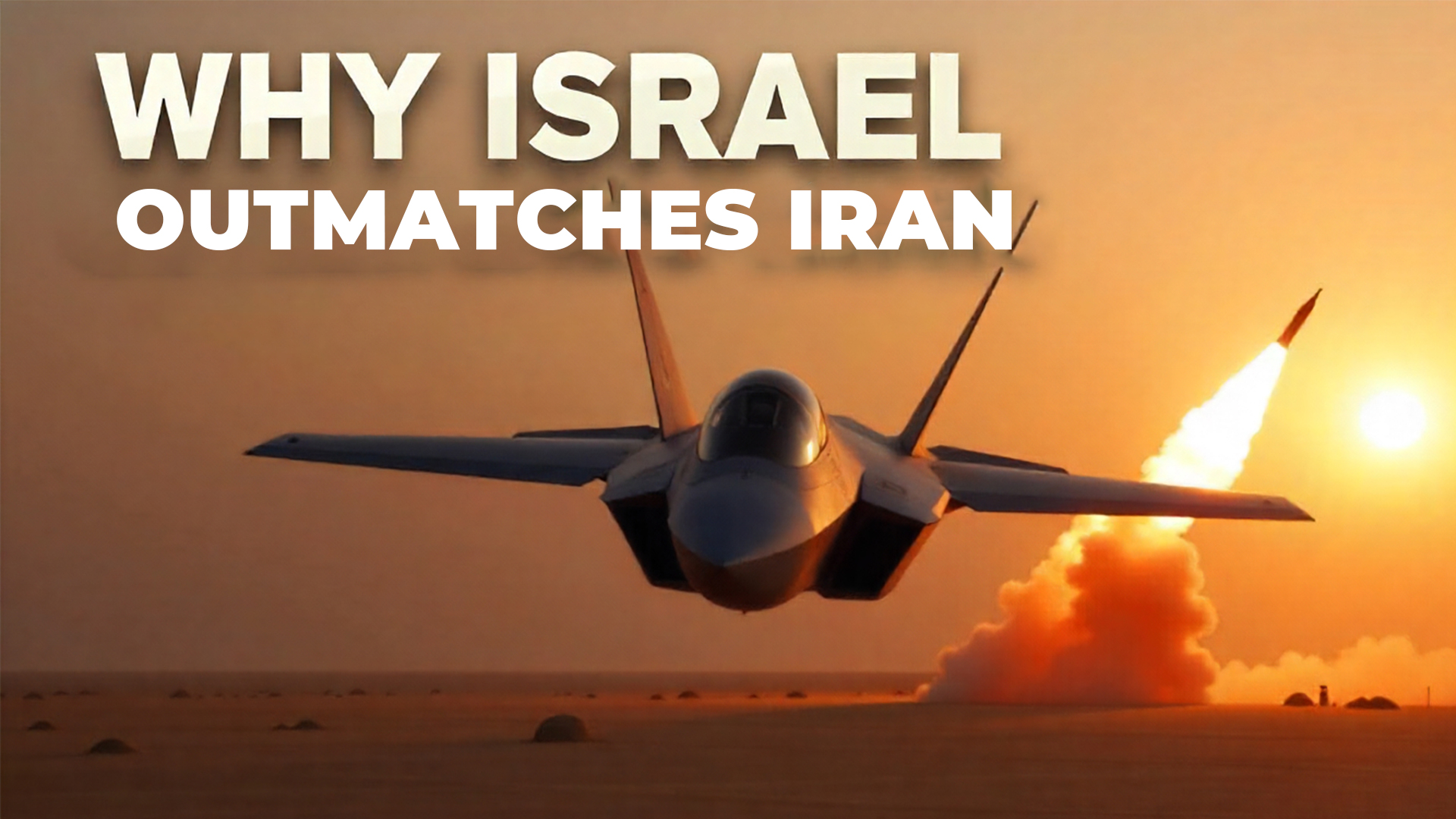Overview
Iran’s recent sparring matches with Israel—marked by aggressive strikes and covert sabotage—have laid bare the Israeli Defense Forces’ (IDF) overwhelming technological and strategic superiority. From long-range precision strikes to advanced air defense, Israel has consistently maintained control in a high-stakes regional showdown.
Strategic Context & Recent Escalations
In June 2025, Israel launched a highly coordinated military campaign against Iran’s ballistic and nuclear infrastructure. Mossad executed deep drone sabotage operations that dismantled Iran’s air defenses and missile launchers from within. The Israeli Air Force followed with precision airstrikes on over 100 key targets including missile depots and nuclear sites like Natanz and Isfahan—crippling Iran’s retaliatory capabilities. 1
Iran managed a response using drone and missile barrages, but most were intercepted. The minimal impact of these retaliations further underscored IDF’s dominance in air defense. 2
Military Capability Comparison
While Iran outnumbers Israel in troop strength—boasting around 610,000 active personnel versus Israel’s 169,500, with reserves of 350,000 and 465,000 respectively—Israel more than makes up for it in technology, funding, and deployment speed.3
Israel’s defense budget is nearly three times that of Iran, allowing for high-end systems like F-35 stealth fighters, advanced submarines, and precision strike capabilities.4
Moreover, Israel’s multi-layered air defenses—Iron Dome, David’s Sling, and Arrow 2/3—provide a tested and reliable shield against missile and drone attacks. Iran’s systems, though robust on paper, continue to underperform in real-world conflicts. 5
Recent Highlights in the Israel–Iran Showdown
- Operation Days of Repentance (October 2024): Israeli jets—alongside covert raids—struck Iranian air defenses and missile sites across multiple countries, significantly degrading Iran’s strategic depth.
- June 2025 Standoff: With internal sabotage and synchronized airstrikes, Israel disabled dozens of missile-launch sites, targeting key command centers and nuclear infrastructure—with minimal losses and broad tactical gains.
- Iran’s Diminished Retaliation: Although Iran launched extensive drone and missile strikes, most were intercepted. Analysts argue Iran lacks the defensive depth and resource capability to seriously challenge Israeli operations.

A view shows the aftermath of an Israeli strike on a building on Monday, after the ceasefire between Israel and Iran, in Tehran, Iran, June 26, 2025. Photo: Majid Asgaripour/West Asia News Agency via Reuters
Why Israel Prevails
Israel’s dominance in this ongoing confrontation stems from:
- Sophisticated technical edge and real-time battlefield interoperability
- Exceptional intelligence and surveillance capabilities, enabled by Mossad and Western partnerships
- Superior air defense infrastructure, proven under combat stress
- Ability to conduct pre-emptive, precision strikes, effectively neutralizing threats before they fully materialize
Conclusion
Israel’s military campaign against Iran represents a significant shift in regional dynamics. Through strategic coordination, technological superiority, and covert ingenuity, the IDF has outmaneuvered sheer numbers and proxy approaches. Iran’s ability to retaliate meaningfully remains limited, putting it on the defensive—both militarily and politically.
As tensions simmer, the balance of power in the Middle East has decisively tilted in favor of Israel—raising important questions about future escalation and long-term deterrence.
Sources





